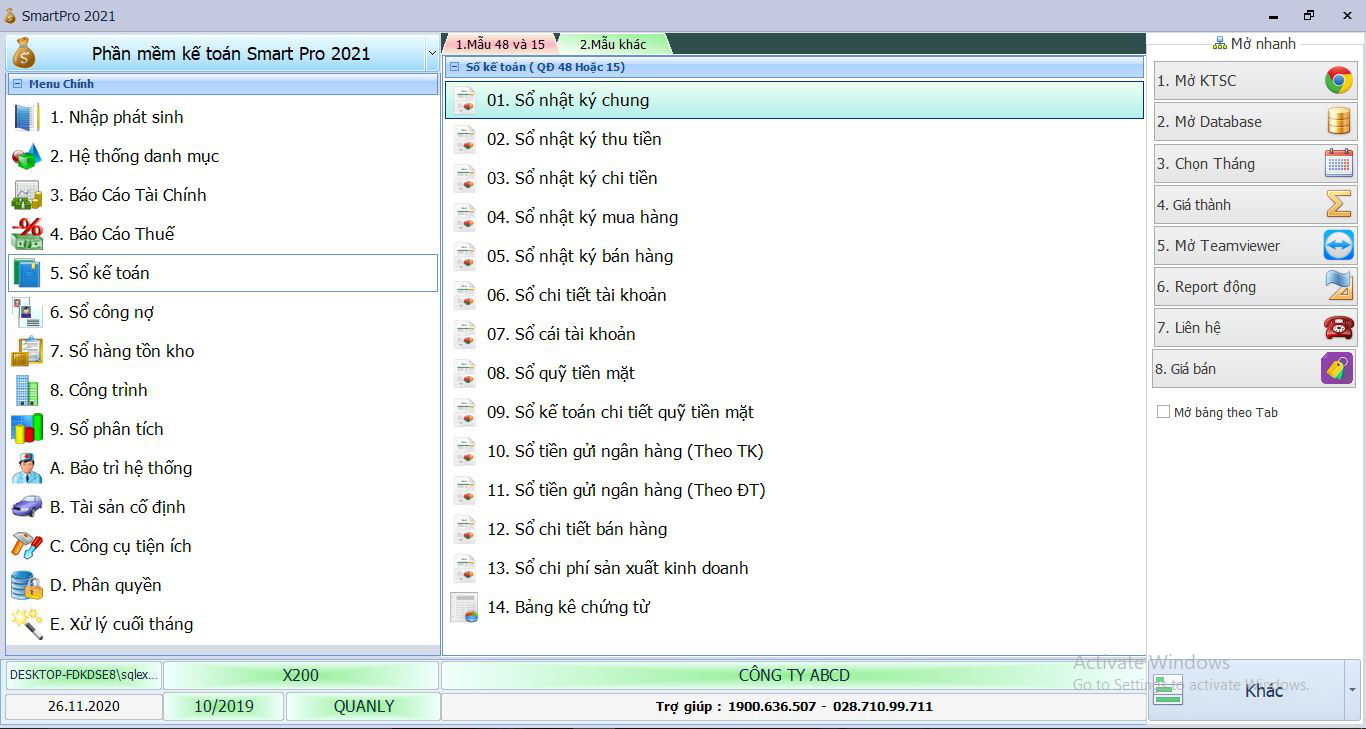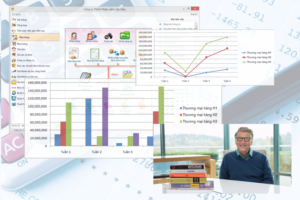16-04-2021
Ke Toan Mychâu Thông Phan
Public-key cryptography, or asymmetric cryptography, is a cryptographic system which uses pairs of keys: public keys (which may be known to others), and private keys (which may never be known by any except the owner). N Naam Ke Status.

Ke Toan Mychâ U Thô Ng Phan Thiet
List and discuss characteristics of a professional. Explain how those characteristics apply to the accounting profession. Define ethics. Discuss various models/schools of ethical decision making. Explain how to resolve ethical dilemmas.
20 trang | Chia sẻ: thuychi11 | Ngày: 31/01/2020 | Lượt xem: 96 | Lượt tải: 0


Ke Toan Mychâ U Thô Ng Phan Rang
Bạn đang xem nội dung tài liệu Kế toán doanh nghiệp - Chapter 16: Professionalism, ethics, and career planning, để tải tài liệu về máy bạn click vào nút DOWNLOAD ở trên
Ke Toan Mychâ U Thô Ng Phan Tich

Ke Toan Mychâ U Thô Ng Phan Mem
Chapter 16Professionalism, Ethics, and Career PlanningOutlineLearning objectivesProfessionalismEthicsCasesLearning objectivesList and discuss characteristics of a professional.Explain how those characteristics apply to the accounting profession.Define ethics.Discuss various models/schools of ethical decision making.Explain how to resolve ethical dilemmas.ProfessionalismDefinition (www.dictionary.com)A vocation requiring knowledge of some department of learning or scienceCharacteristics of a professionalBellMcDonaldProfessionalismCharacteristics of a professional (Bell)Communicates effectively.Thinks rationally, logically, and coherently.Appropriately uses technical knowledge.Integrates knowledge from many disciplines.Exhibits ethical professional behavior.Recognizes the influence of political, social, economic, legal, and regulatory forces.Actively seeks additional knowledge.ProfessionalismCharacteristics of a professional (McDonald)Specialized knowledge baseComplex skillsAutonomy of practiceAdherence to a code of ethical behaviorEthicsDefinition of ethicsEthics issues in accountingSchools of ethical thoughtEthical decision-making modelEthics have always been important in the accounting profession. But, the profession placed renewed emphasis on them after the corporate scandals of the late 20th century. EthicsDefinitions (Boss, 2014)Ethics is a set of standards thatDifferentiates right from wrongIs established by a particular groupIs imposed on members of the group to regulate behaviorEthics is a discipline thatStudies values and guidelines for livingConsiders the justification for those valuesEthicsTable 16.1Ethics issues in accounting AreaEthical questionsRevenue recognitionIs it ethical to boost revenue at the end of the year by shipping unordered goods to customers, telling them that they can send them back after the new fiscal year starts?Earnings smoothingIs it ethical to use accounting policies (such as depreciation methods) to ensure that earnings do not fluctuate much from one year to the next?Asset valuationIs it ethical to raise / lower an estimated discount rate to change the price of an acquired asset?Fair value accountingHow much discretion should managers have in determining an asset’s fair value for accounting purposes?EthicsSchools of ethical thoughtAlmost no-one wakes up in the morning thinking “I’ll behave unethically today.”But, people do have differing views on what constitutes ethical behavior.One way to differentiate those views is through schools of ethical thought.EthicsTable 16.2Schools of ethical thought SchoolPrinciplesEthical egoismPeople have an ethical obligation to behave in their own self-interest.UtilitarianismEthical actions are those that result in the greatest good for the greatest number.DeontologyIndividuals have rights; ethical norms are “universal truths” that consider those rights.VirtuesEthical behavior is a natural product of being fundamentally ethical and virtuous.EthicsIdentify the facts.Identify the ethics issues and the stakeholders involved.Define the norms, principles, and values related to the situation.Identify the alternative courses of action.Evaluate the consequences of each possible course of action.Langenderfer & Rockness (1989) proposed a practical, well-respected model for making ethical decisions in accounting.EthicsDecide the best course of action consistent with the norms, principles, and values.If appropriate, discuss the alternative with a trusted person to help gain greater perspective regarding the alternatives.Reach a decision as to the appropriate course of action.Langenderfer & Rockness (1989) proposed a practical, well-respected model for making ethical decisions in accounting.CasesCharles PonziAdelphia Communications CorporationEnron / Arthur AndersenBernie MadoffOlympus CameraHere are a few cases that involved ethics issues in accounting contexts.CasesCharles PonziEarly 20th centuryInternational postal reply couponsUsed new investors’ money to pay off old investorsCasesAdelphia Communications CorporationFamily-based business owned by the Rigas brothersDeceptive accounting practicesPersonal loans from the companyComingled personal and business assetsCasesEnron / Arthur AndersenMultiple accounting & auditing related issuesMark-to-market accountingAuditor independenceUse of special purpose entitiesOff balance sheet debtPrimary impetus for the Sarbanes-Oxley Act of 2002 (SOX)CasesBernie MadoffInvestment advisor with BMIS (Bernie Madoff Investment Securities)Perpetrated multi-billion dollar Ponzi schemeTurned in by his sonsExample of affinity fraudPled guilty to 11 felonies in March 2009Projected release date in 2139CasesOlympus CameraJapan-based manufacturer of cameras and other optical devicesMichael Woodford, from Great Britain, appointed president in April 2011M & A activity called into question in the press in July 2011Dismissed as president in October 2011

